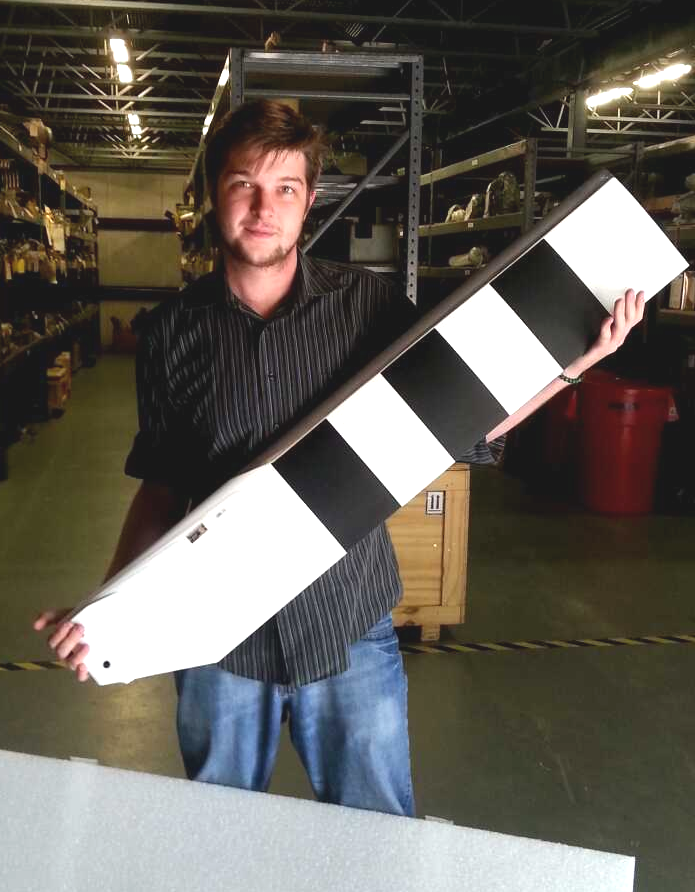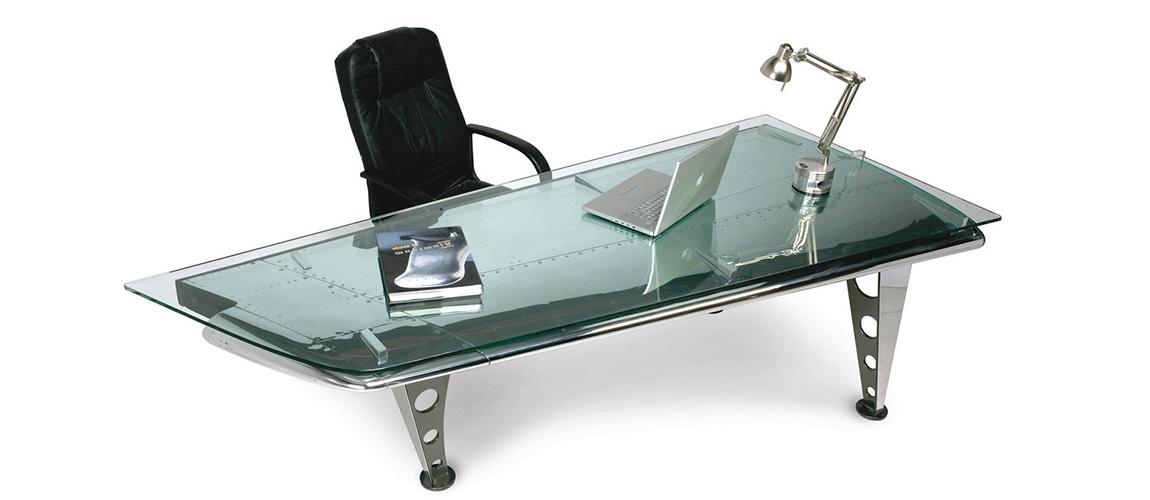It amazes me how most companies survive. They fight and complain internally. The intra company politics eats everyone alive. At these companies people care more about their own self interests than the person whom they rely on the most...their team.
It doesn't matter who you are or what department you're in, if you didn't have the support of your team you’d be non existent.
It's the very thing that makes companies thrive and survive. Still many lack the ability to focus on team building. They claim the "team" is important but is it really?
We by no means were hidden from this in our early days. It plagued everything we did. We made a choice and took a hard left turn that changed our approach entirely.
One of our core values is to "build a team oriented approach" and we focus heavily on this.
Here are some ways we've been honing in on this approach and you can too:
Focus on teams, not departments
What's the difference between a team and a department? In my opinion a team is a collective group working cohesively to achieve a goal or milestone. This could be on time delivery percentage, revenue or customer happiness.
A department is a collection of people who achieve a departmental goal. They do everything they can to achieve this goal and are barricaded in silos. They're closed off to other departments and only care about their own.
Here at Skylink, we have team descriptors such as sales, purchasing, supply chain & shipping, but each is a collective team with flexibility to make decisions that provide immense value to our entire value stream. Each team is synergistic with the Skylink team and every decision, every role, and every person affects everyone else with what they do and how they act.
[Tweet "Build a team oriented approach like this..."]
Give incredible flexibility
Most of our customers benefit from the flexibility we give. We move fast and can make decisions on the spot. The only way we do this is by being incredibly flexible in house. Our team moves and moves fast. This can’t be achieved with highly political and deep hierarchal organizations.
As a team we can make our own decisions without consulting “managers” who then sit to think about the best option. We make a decision, own it and see it through.
We also do this in other ways. Need a day off, fine we'll cover you. Do you need a new chair to be more productive, fine you got it. Do you have an idea that you think will benefit our supply chain, perfect, let's do it. It's really that simple.
Run from the non conformers
If someone doesn't conform to our culture we run. Wait! We don't run. We simply part ways.
We do not let toxic behavior affect our culture. Every team is different, every dynamic is unique. The way we protect our team is we do not let nonconformist into the team. Sometimes we make a mistake and hire the wrong people but we correct it fast.
We’ve spent a lot of time refining our hiring and training practices and we’re only getting stronger.
Spend time improving and improving others
We all get caught up in the daily hustle and bustle. We do live in the aviation world so it’s expected. Most of the time, we forget to focus on ourselves or to focus on the role we’ve been given. By continuing to learn, we better ourselves, our process and our people. Nobody should go a week without picking up a book and nobody should go a week without taking time out of the day to improve.
Right now I’m on a company tangent of 2 second improvements a day. The idea was given to me by 2 Second Lean. Our goal is to bring something that currently takes us 15 minutes down to 7 minutes. It’s a lean focus mission and we’re all full steam ahead. That’s what improving is all about.
Joint training
We’ve tried the old fashion way of training where you’re given a syllabus and topics that you should know. This doesn’t work. We currently have a joint training initiative that’s in it’s early stages.
If you join the sales team, everyone will be involved in your training. Everyone creates videos and how-tos. They then share them on our intranet. It’s a joint effort and everyone is responsible for everyone's training success. This is why we have 0 need for middle managers. Everyone is a self-managing team.
Innovate, mistakes are okay
In all the years I’ve been leading, it still amazes me how many people are afraid to make decisions and make mistakes. Life is a giant mistake, that’s doesn’t mean it’s bad. Making mistakes allows us to grow and to learn. To innovate and be great.
I make a joke that everyone is free to make their own decisions and make mistakes. Now, if you're making a $50,000 decision I’m curious on what you might be doing but more than likely the team has a great idea. As long as we discuss with people whom are affected by the decision and people who have knowledge in the topic, the team can make any decision they want.
This is what innovating is all about. Create, measure, and learn.
Building a team is tough. It’s a constant roller coaster ride of emotions. The fact is that everything great in life is difficult at first. Our team is amazing and I get up excited and thrilled to go into work every day. Skylink is our sanctuary and it feels great to build a team oriented approach.
















 This trifecta of efficiency is what the aviation industry is raving about and why companies like Pratt and Whitney and even GE Aviation has adopted this new technique in manufacturing.
This trifecta of efficiency is what the aviation industry is raving about and why companies like Pratt and Whitney and even GE Aviation has adopted this new technique in manufacturing.

